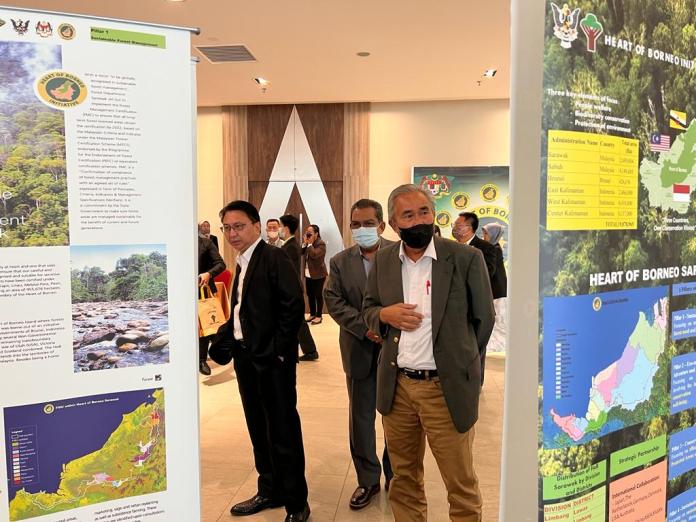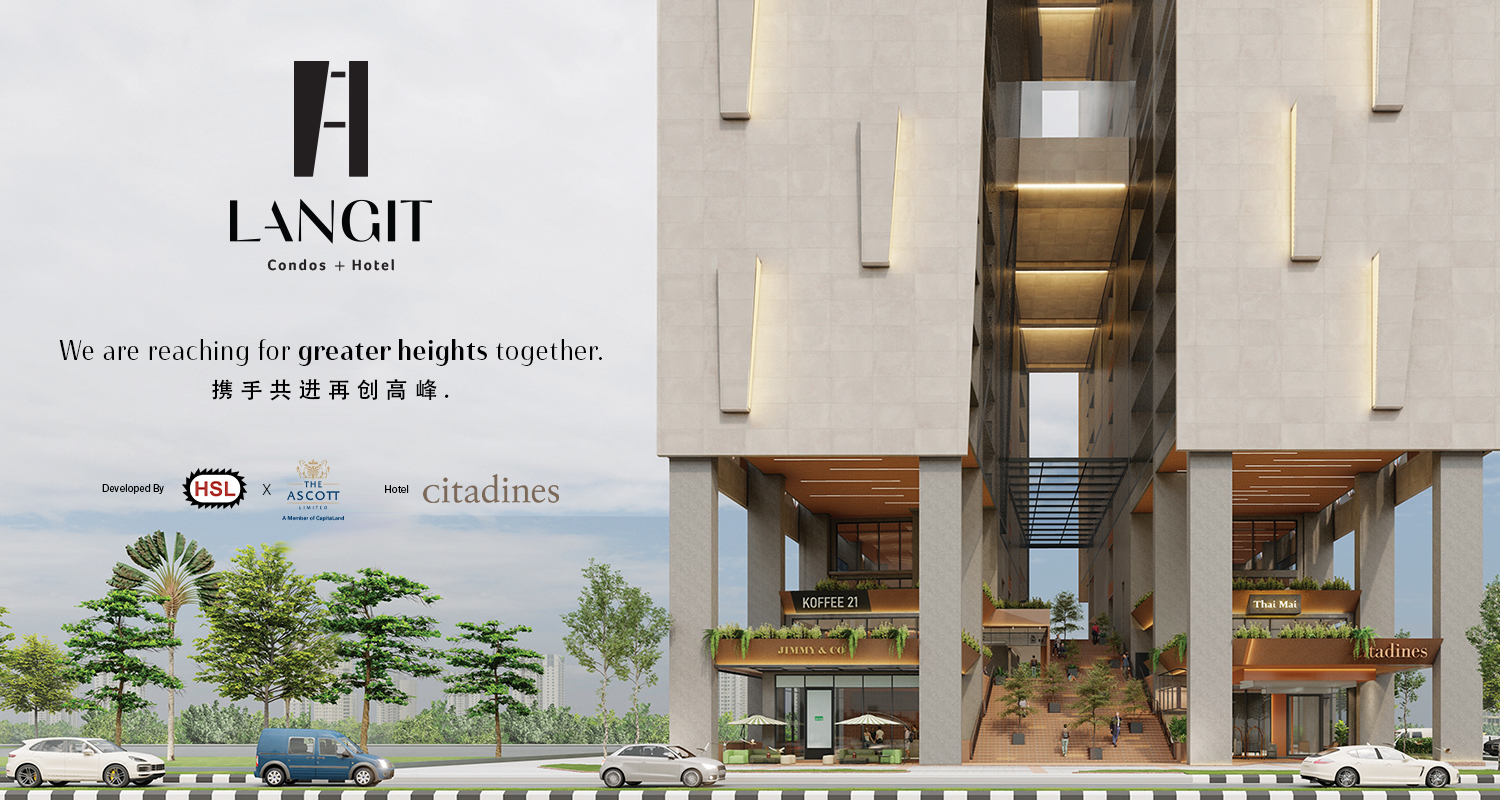
KUCHING, Aug 2: Forest researchers have been urged to uplift their level of research that can bring about broader, significant and lasting impact on the economic and social development in Sarawak.
This is including, but not limited to preservation, ecotourism and products that can generate revenue to the communities, said Sarawak Forest director Datu Hamden Mohammad.
He emphasised that it is important for scientists to share their research findings with people outside specific disciplines to increase the visibility of research and provide interested parties with more information in generating new ideas and solutions in addressing and solving issues faced by the world today.
“This includes climate change phenomena such as loss of habitats, extinction of wildlife and extreme weather conditions which are affecting the management of our forest resources.
“I urge all researchers and officers of the Department to uplift their level of research to a standard that can give a high impact findings and results to our society at large.
“This includes methods to preserve our flora and fauna, potential ecotourism site and products that can generate revenue to the communities, further improvement to our guidelines and procedures and even develop products for cosmetics and pharmaceuticals from plant and non-plant species,” he said.
Hamden highlighted this when addressing the Heart of Borneo (HOB) Gunung Pueh Forest Reserve Expedition Seminar which was launched by Deputy Minister of Natural Resources and Urban Development Datu Len Talif Salleh at UCSI Hotel here today.
He pointed out that the huge protected forests of HOB Sarawak are some of the most biologically diverse in the world, possessing a high number of endemic species across all groups of plants and animals and lays the many important existing conservation areas of total protected areas (TPAs) that are found in Sarawak.
“Some 554,274.80 out of 872,386.40 hectares of the TPA in Sarawak lies in the HOB with 21 national parks, three wildlife sanctuaries and two nature reserves.
“This huge protection area housed an incredible diversity of Sarawak’s biodiversity. They include Sarawak’s four largest TPA namely Lanjak Entimau Wildlife Sanctuary, Batang Ai National Park, Gunung Mulu National Park and Pulau Tau National Park,” he said.
On the other hand, he added that the permanent forest estate (PFE) covers an area of 1,307, 420 hectares in the HOB with 13 protected forests and eight forest reserves, out of which 716,002 hectares of 10 forest management units (FMU) lies within this PFE awarded with Certificate for Management (Natural Forest) under the Malaysian Timber Certification Scheme (MTCS).
Even though HOB Sarawak is a huge mountainous and hilly area which makes it inaccessible, Hamden shared that eight major expeditions have been carried out into the pristine jungles since 2008 to explore their exceptional richness in flora and fauna diversity.
“These expeditions have yielded innumerable scientific and social data enriching our knowledge of Sarawak’s natural heritage. This in return, drives the State’s commitment to continue managing our forests and biodiversity sustainably in the years to come,” he said.
The Forest Department Sarawak (FDS), he added, will continue to conduct more scientific expeditions into the HOB areas especially to unexplored areas that may hold more interesting finds and provide more information on the State’s forest heritage.
Meanwhile, the two-day seminar is a sequel of the scientific expedition conducted by FDS in 2020 at Gunung Pueh Forest Reserve, themed ‘Where Nature and Science Unites’.
It was attended by 200 participants and will include the presentation of 15 oral papers and four research posters.
Sarawak Forestry Department chief executive officer and controller of wildlife Zolkipli Mohamad Aton was also present at the event. — DayakDaily








